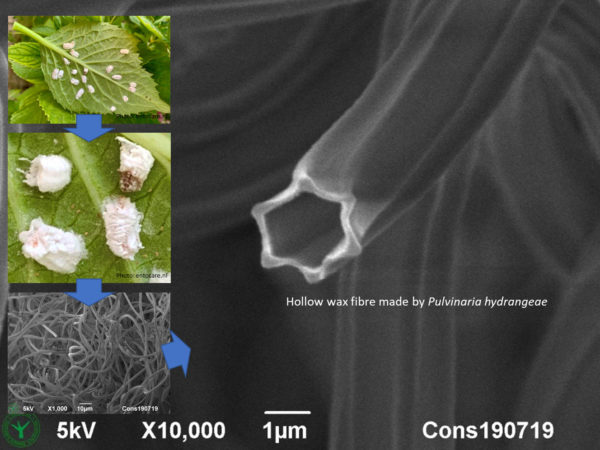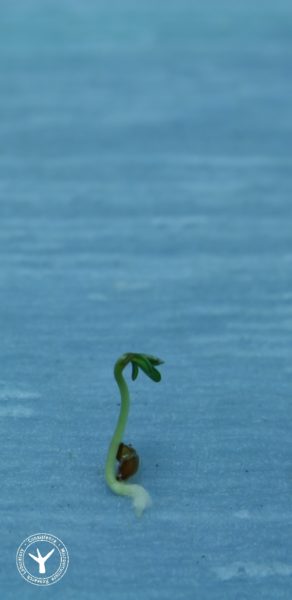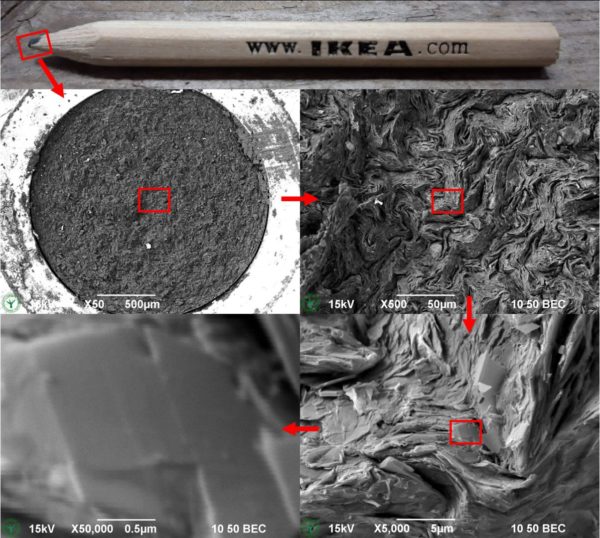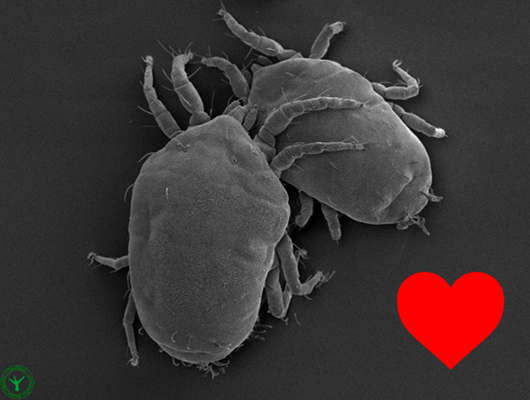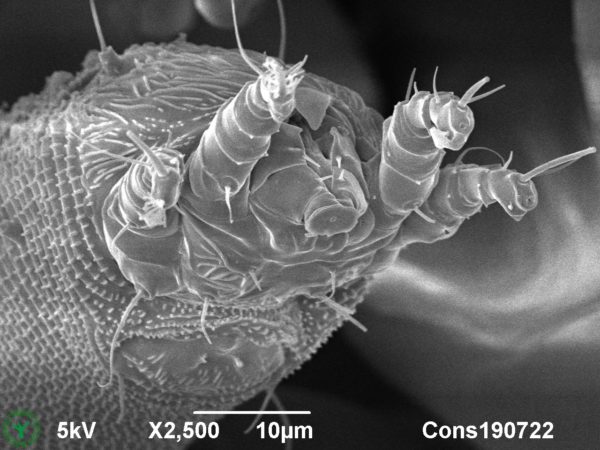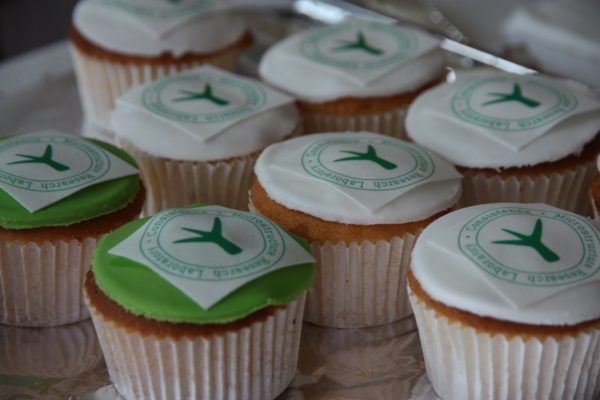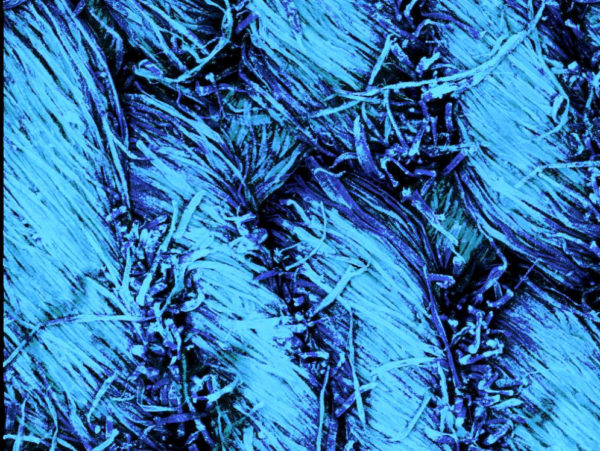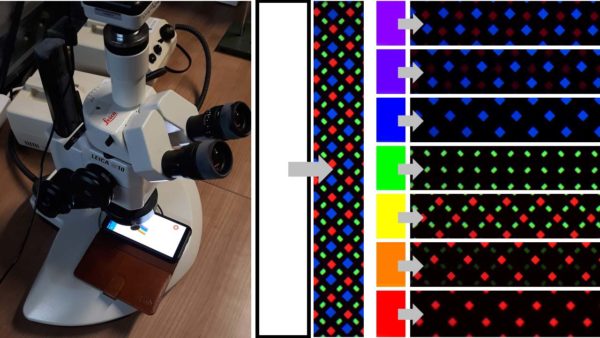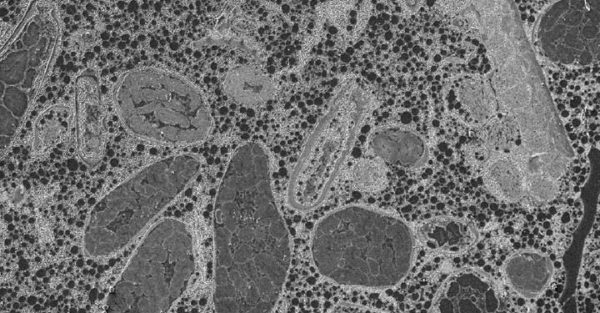Making hollow wax fibrils…….
To make these hollow, hexagonal fibres would be a good challenge for nano engineers, please react! Good for them to know that the cottony hydrangea scale insects (hortensia woldopluis in dutch) already have the method in perfection. These tough, hollow fibrils protect the young scale insects from being eaten by other bugs. Magnify your own product at Consistence.

